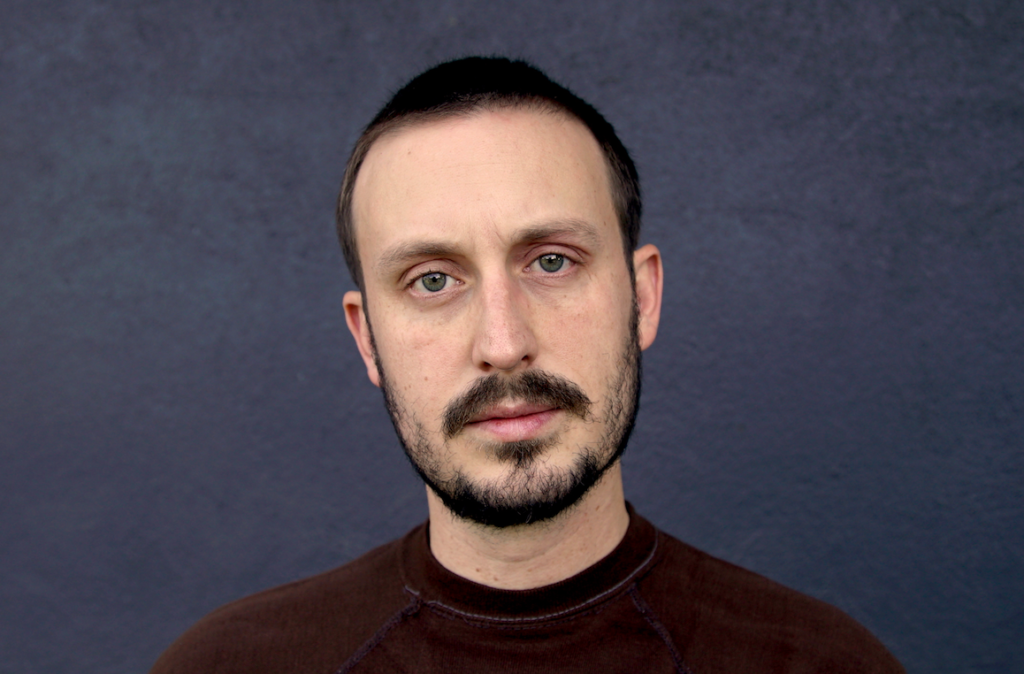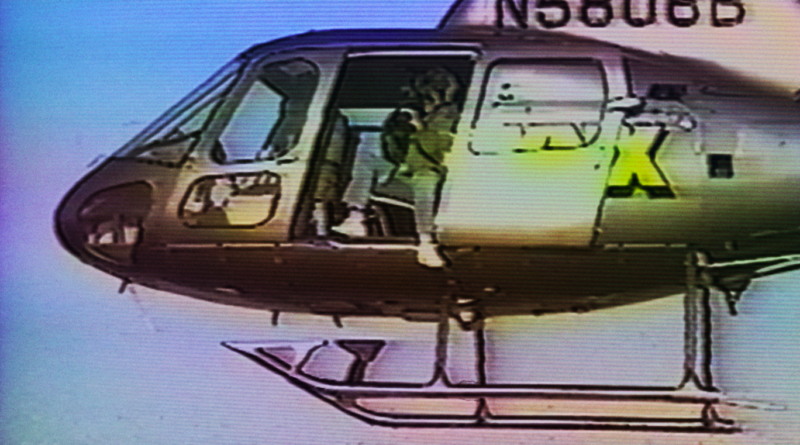INTERVIEW: ‘Whirlybird’ looks at Los Angeles news from a helicopter’s vantage point
Photo: Whirlybird looks at the world of broadcast news in Los Angeles, circa the 1980s and 1990s. Photo courtesy of Greenwich Entertainment / Provided by press rep with permission.
Matt Yoka’s new film, Whirlybird, tracks the careers of Zoey Tur and Marika Gerrard, two camera operators who revolutionized broadcast news in the 1980s and 1990s. They took to the skies above Los Angeles to document the sprawling metropolis from a helicopter, and what they captured changed the media landscape forever. Through their unique perspective and pointed lens, the world came to see monumental and historic events, including the 1992 riots and the O.J. Simpson Ford Bronco pursuit. This high-energy footage kickstarted a transformation in broadcast news, a transformation not necessarily for the better.
Whirlybird is now in theaters and available on video on demand. As the film’s tagline promises: This is a “sprawling L.A. story.”
“I’m from Los Angeles, and I was pretty much interested in exploring my city and I think also explore the time when I grew up in L.A., which was the late ‘80s and early ‘90s,” Yoka said in a recent phone interview. “I was on the search for a way to find something that had a big enough scope to figure out the city but could be focused somehow. Eventually I landed on the idea of high-speed pursuits and thinking about the people that filmed them as a uniquely L.A. story and almost phenomenon of the city, so once you get to that point, finding Zoey Tur’s career comes shortly after because she’s really the most accomplished of them all. And so as soon as I got the chance to meet Zoey, she started talking to me about her archive, and it didn’t even fully dawn on me just how vast and profound the archive was.”
That archive is truly immense, and Yoka said he had an embarrassment of riches to pull from. This was a dream come true for a documentarian, but it also presented some unique challenges. For starters, most of the footage from the 1980s and 1990s had not been digitized, so it needed to be dusted off for a modern-day audience.
“When I was making this film, I was really interested in archival video as the ingredients to telling a story,” Yoka said. “I was really into films like Grizzly Man and Senna, and I just felt that the storytelling with archive was becoming so elevated and sophisticated. And I wanted to take a jump into that as well, and so I managed to track down one hell of an archive. And with that came an enormous challenge and undertaking, and that really starts from a digitization process because the archive, the vast majority of it, was still on the videotapes that they captured it with. It was only a fraction that had actually been digitized. I kind of refer to that as their greatest hits, which were the biggest moments in their career — the riots, the O.J. Simpson pursuit — but there were thousands of tapes that had not been digitized.”
Yoka and his team had to take the tapes out of a storage unit, bring them to his production facility and start the painstakingly slow process of digitization. On Fridays, he would sit down with the newly polished footage and start watching everything that was captured.
“What really focused the story was the realization that I wanted this to be a character-driven relationship story between our main characters, Zoey and Marika,” the director said. “That way all of the archive that we were in, all these huge moments in the city, all this sprawling videotape — you could ask yourself one easy question, which is, does this tell their story? And if it did, then it came up for consideration.”
Helicopter news footage has been eternally connected to the city of Los Angeles, mostly because of Tur and Gerrard’s high-profile work, but even to this day, there are countless examples of broadcast channels taking to the skies and filming the dramas playing out on the highways and in the neighborhoods of Southern California and beyond.
“I think it’s impossible to separate the helicopter from Los Angeles in its ability to capture not just the news of the city, but the city itself, because Los Angeles is so unique just geographically,” Yoka said. “You have the mountains and ocean and desert, and then you have all around that and in between that a sprawling metropolis. That metropolis is well known for its traffic congestion, so to just get around the city is extremely difficult. So in that sense, the helicopter and Zoey’s use of the helicopter really came out of the city itself. I’m not so sure she would have gravitated toward the helicopter if she was living somewhere else. I think on a more character point though, I also think Zoey found herself in the perfect city as somebody who thrives off intensity, action, adrenaline and a barrage of fascinating news stories. It’s hard for me to separate all of them. It was this perfect confluence.”
The helicopter footage changed the way viewers experience the news. There was an uncomfortable entertainment factor that became part of the narrative, and that entertainment factor seemed to come at the expense of others’ misery. Yoka’s documentary explores this impact and how it’s still felt today.
“I think what happened was they were really good at their jobs, and it was at a time in which the city was very volatile,” the filmmaker said. “I don’t think it was calculated on their part, that they said: ‘Oh, people love watching high-speed pursuits. We should turn that into a thing that networks report on.’ I think they were just doing their jobs. I think they struggle with that. That’s explored in the film, the way in which news evolved as they pioneered the medium of breaking news from the air. I think they have regrets. I also think that they are proud of the work that they did. I think it’s fair to both give them credit and criticize that. … I wanted audiences to feel in real time how a story can unfold and how a life can unfold, and so in that sense I tried to make it a more immersive experience than maybe an educational one. Although I do hope it is informative and educational in that sense.”
By John Soltes / Publisher / John@HollywoodSoapbox.com
Whirlybird, directed by Matt Yoka, is now playing in theaters and available on VOD. Click here for more information.


